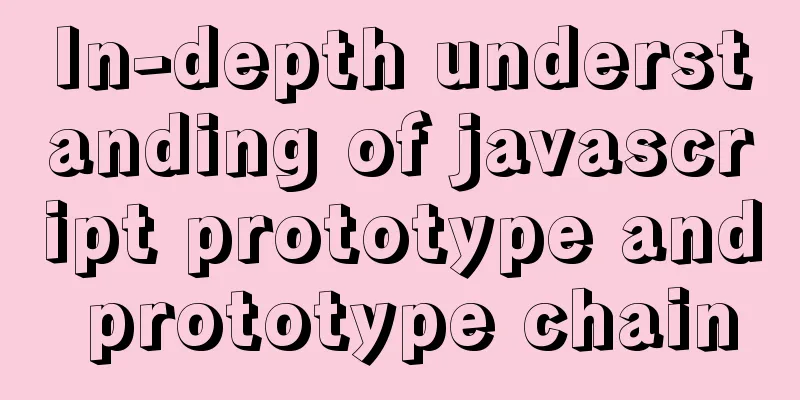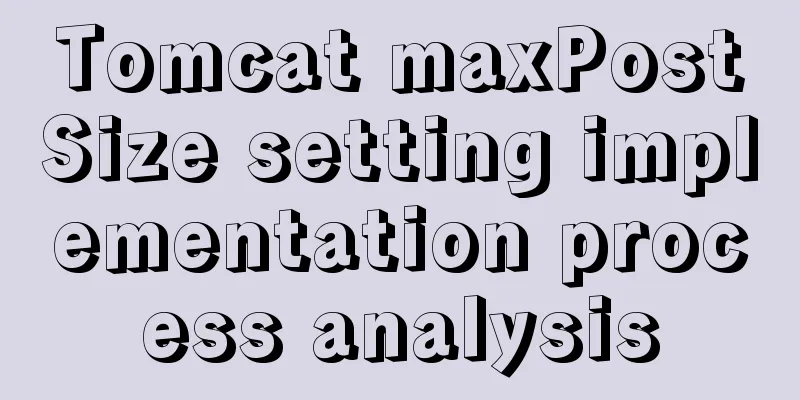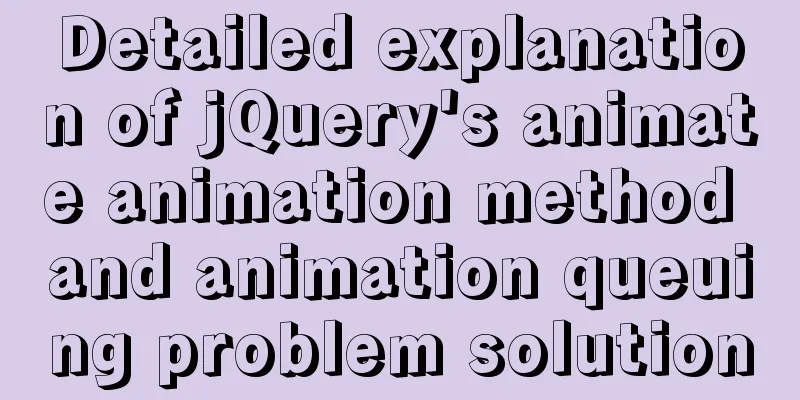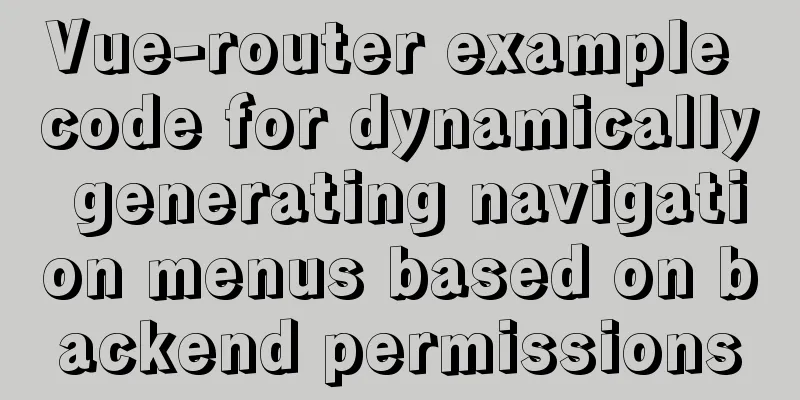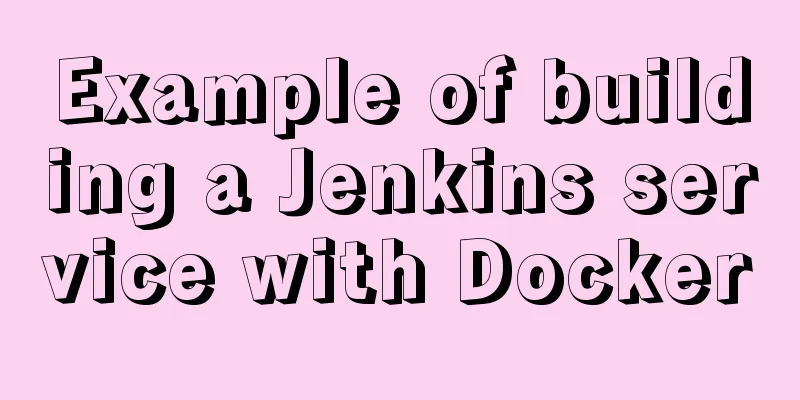A brief introduction to Tomcat's overall structure

|
Tomcat is widely known as a web container. It has accompanied my entire programming career, from the time I started learning Java to my current work. Tomcat is essentially a Servlet container. What a Servlet can do is: process request resources and fill in response objects for the client. Tomcat is responsible for loading the Servlet class we wrote, calling the Servlet's init() method, creating a servletRequest and a servletResponse instance for a request, calling the servlet's service() method, passing the servletRequest and servletResponse as parameters, and calling destroy() to uninstall the servlet when closing it. Next, I will briefly introduce the overall structure of Tomcat.
Tomcat's overall structure As shown in the figure, the two main components of Tomcat are the connector and the container. Multiple connectors and a container form a service. The service is used to provide services to the outside world, and the life cycle of the service is controlled by the server. Server belongs to the top-level abstraction. The connector is used to handle things related to network connections, such as socket connections, request encapsulation, connection thread pools, etc. The container mainly handles the requests accepted by the connector. Service is just an extra layer around Connector and Container, assembling them together to provide services to the outside. A Service can have multiple Connectors but can only have one Container. The lifecycle of all components is managed uniformly using the lifecycle interface, which includes init, start, stop, and destroy methods. The original connector could only be set to BIO mode. Now the default connection mode of high-level Tomcat versions is NIO, which greatly improves the concurrency of requests. There are four types of containers in Tomcat, from top to bottom: engine, host, context, and wrapper. A wrapper corresponds to a servlet, a context corresponds to an application, a host corresponds to a site, and an engine is an engine. There is only one container. The startup between containers is done using
Tomcat container model This is a brief introduction to the entire structure of Tomcat. Next, we will deepen our understanding through the processing flow of a Tomcat request. Assuming the request is: http://localhost:8080/test/index.jsp, the processing flow of Tomcat is as follows 1. The request is sent to port 8080 and is received by the connector. 2. The connector passes the request to the engine of its service for processing and waits for the engine to respond. 3.engine obtains the request address and matches the virtual host host 4. The engine matches the host named localhost, which receives the request /test/index.jsp, matching the context owned by the host 5. The host matches the context with path /test. If no match is found, it is handled by the empty context. 6. The context gets the request/index.jsp and looks for the corresponding servlet in the mapping file 7. The context matches the servlet with the pattern *.jsp and finds the corresponding JspServlet class (Jsp will eventually be converted into Servlet) 8. Construct httpservletrequest and httpServletResponse objects and use them as parameters to call doGet or doPost of JspServlet 9.context returns the response to the host 10. The host returns the response to the engine 11. The engine returns the response to the connector 12. The connector returns the response to the user's browser, and the request ends The above is the full content of this article. I hope it will be helpful for everyone’s study. I also hope that everyone will support 123WORDPRESS.COM. You may also be interested in:
|
<<: Java imports data from excel into mysql
>>: An Incomplete Guide to JavaScript Toolchain
Recommend
Explanation of the basic syntax of Mysql database stored procedures
drop procedure sp_name// Before this, I have told...
isPrototypeOf Function in JavaScript
Table of contents 1. isPrototypeOf() Example 1, O...
Web project development VUE mixing and inheritance principle
Table of contents Mixin Mixin Note (duplicate nam...
Tutorial on configuring SSH and Xshell to connect to the server in Linux (with pictures)
>>>>>Ubuntu installation and confi...
How to install nginx in docker and configure access via https
1. Download the latest nginx docker image $ docke...
CSS to achieve horizontal lines on both sides of the middle text
1. The vertical-align property achieves the follo...
Nginx service 500: Internal Server Error one of the reasons
500 (Internal Server Error) The server encountere...
How to Rename Multiple Files at Once in Linux
Preface In our daily work, we often need to renam...
Analysis of 2 Token Reasons and Sample Code in Web Project Development
Table of contents question: There are 2 tokens in...
TypeScript decorator definition
Table of contents 1. Concept 1.1 Definition 1.2 D...
Even a novice can understand the difference between typeof and instanceof in js
Table of contents 1. typeof 2. instanceof 3. Diff...
How to solve the problem that scroll-view of WeChat applet cannot slide left and right
I'm currently working on my own small program...
Docker image creation, uploading, pulling and deployment operations (using Alibaba Cloud)
Since I found that the push image always timed ou...
XHTML introductory tutorial: Use of list tags
Lists are used to list a series of similar or rela...
Linux series of commonly used operation and maintenance commands (summary)
Table of contents 1. System monitoring 2. File Op...


